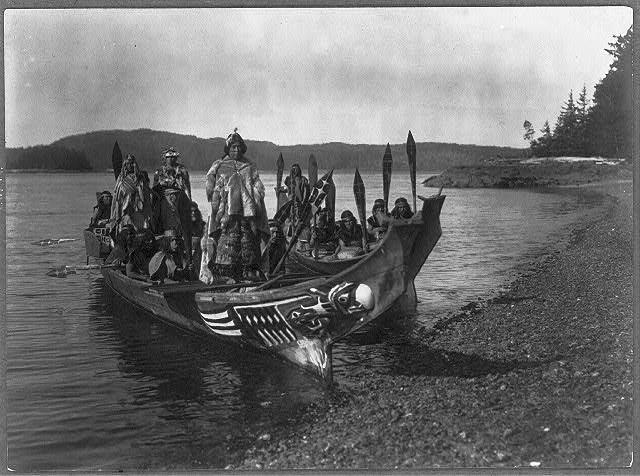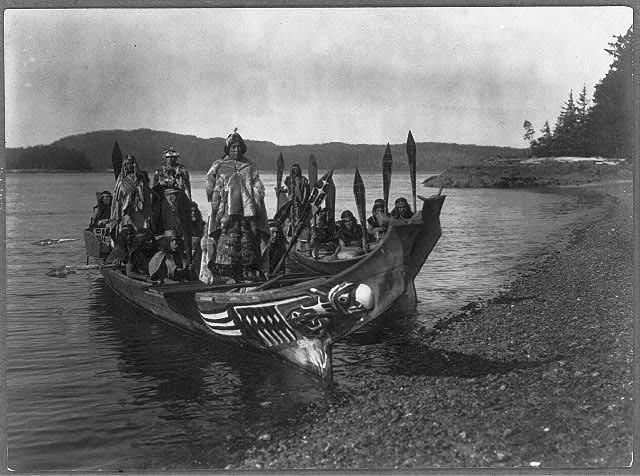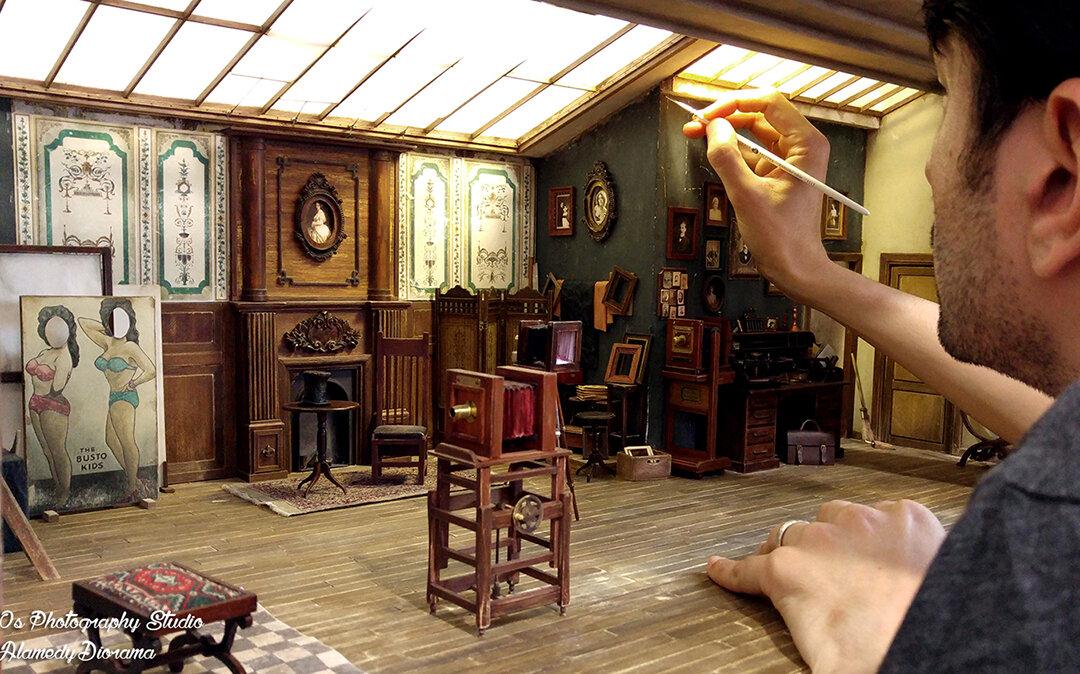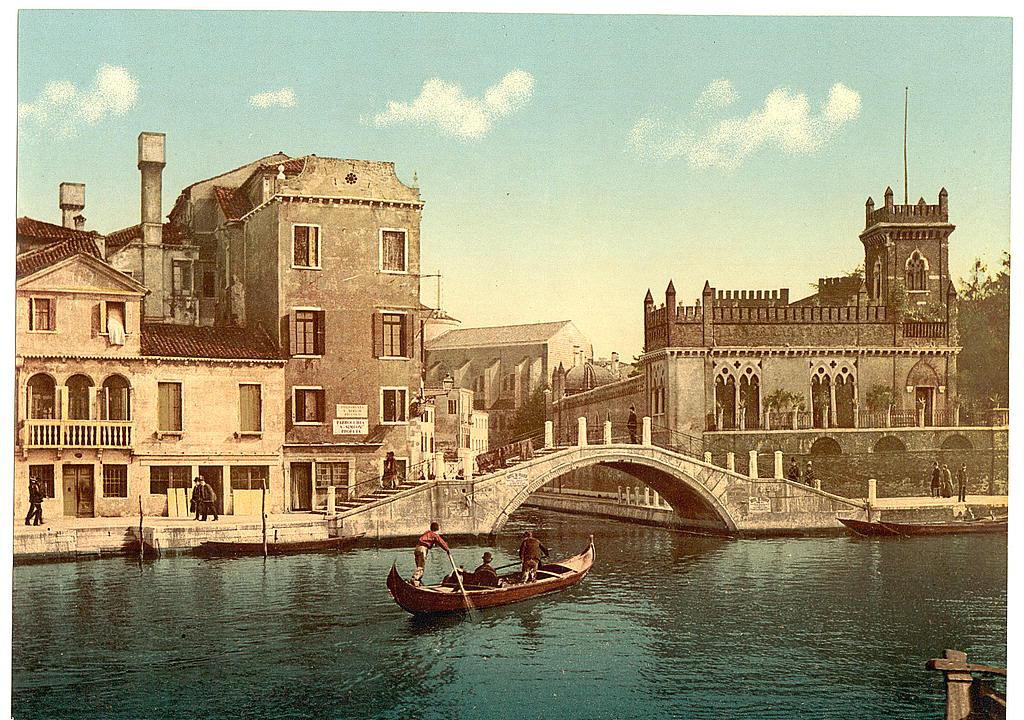Behind concrete doors on an uninhabited island in Norway, hundreds of millions of frozen seeds are waiting for the future.
The place is called the Svalbard Global Seed Vault, a gigantic structure that houses Earth’s largest single collection of seeds. Constructed 390 feet into the mountain, it is supposed to stay undamaged for thousands of years.
All for one purpose, the vault protects our biodiversity and, on a small scale, secures the future of agriculture. However, put into bigger perspective, the vault can help humanity survive challenges from today’s environmental threats.
“We are now seeing and will see in the next 50 years climates that agriculture and the crops have never seen before since the dawn of agriculture 50,000 years ago,” explains Cary Fowler, the U.S. agriculturalist who oversees the Global Crop Diversity Trust.
One of the most valuable seeds in the vault right now are from Aleppo, Syria, since the city and the whole country is in the state of war.
“Doomsday happens every day; it happens in small bits and pieces,” Fowler believes. “Every time I put a sample in the seed vault, I feel sort of a big relieve. ‘Great, this sample---this crop of variety is saved basically forever.’”





